What is Jessner? lymphocytic infiltrate?
Jessner's lymphocytic infiltrate is a rare skin condition that presents as noscaly red patches and bumps on the face, neck, and upper back. They are usually painless and not itchy. Injuries can go through periods of remission and exacerbation for months or years. Full spontaneous resolution has also occurred in some cases.
The condition is known by many other names, including benign lymphocytic infiltration, Jessner's disease, Jessner-Kanof syndromeand benign chronic T cell infiltrative disorder. It has been thought to be on the same spectrum of disease as lupus erythematosus (lupus tumidus) but in histology, monoclonal antibody Leu 8 staining indicates that they may be separate conditions.
What causes Jessner's lymphocytic infiltrate?
The cause of Jessner's lymphocytic infiltrate is unknown. It is classified as a benign T cell lymphoproliferative disorder. Some cases have been associated with Borrelia infection, the cause of Lyme disease.
Cases of drug-induced Jessner lymphocytic infiltrate due to duloxetine, ramipril, leflunomide, glatiramer acetate, and ustekinumab have been described.
What are the signs and symptoms of Jessner's lymphocytic infiltrate?
Jessner's lymphocytic infiltrate plates they generally start as defined, small slightly raised red spots that gradually enlarge to create a well demarcated Red license plate. Sometimes the center of the injury is left clear, that is, forming a cancel and arcuate shape. Single or multiple injuries can occur and vary from 2 mm to 2 cm in diameter.
Seasonal activity of Jessner's lymphocytic infiltrate is variable: more patients deteriorate in winter than in summer, and yet outbreaks may be associated with sun exposure. They usually have no symptoms, but some patients may complain of itching or burning.
Jessner's lymphocytic infiltrate
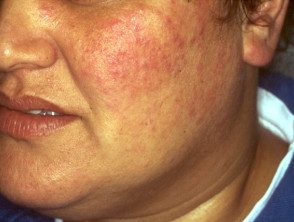
Jessner's lymphocytic infiltrate
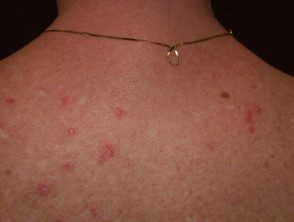
Jessner's lymphocytic infiltrate
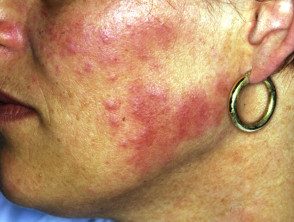
Jessner's lymphocytic infiltrate
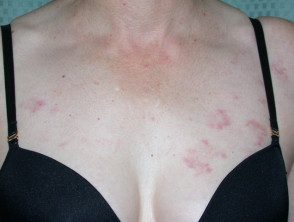
Jessner's lymphocytic infiltrate
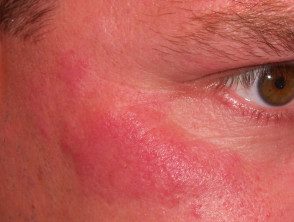
Jessner's lymphocytic infiltrate
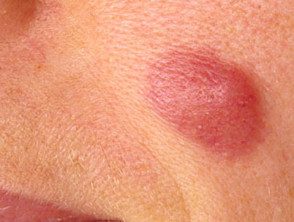
Jessner's lymphocytic infiltrate
How is the diagnosis of lymphocytic infiltrate made?
The diagnosis is made on clinical and skin bases. biopsy.
The main differential diagnoses are tumidic lupus erythematosus, lymphocytoma skinand polymorphous light eruption.
What treatment is available for Jessner's lymphocytic infiltrate?
In general, no treatment is required for Jessner's lymphocytic infiltrate.
Cosmetic camouflage can be used to hide injuries and improve appearance.
There is a variable response to the following treatments:
- Current and intralesional corticosteroids
-
Antimalarial drugs, such as hydroxychloroquine.
-
Phototherapy or photochemotherapy UVA1 (PUVA)
- Photodynamic therapy
- Cyclophosphamide
- Thalidomide
- Radiotherapy
All patients should be advised to follow sun protection measures, regardless of their photogravure history.
What is the prognosis for Jessner's lymphocytic infiltrate?
After persisting for several months or years, the lesions disappear spontaneously without scarring or causing other problems. Occasionally they may reappear in the same place or in another place.

